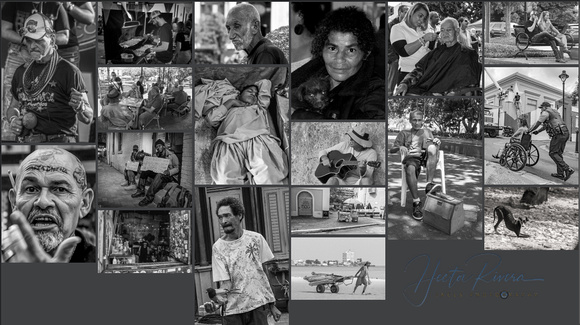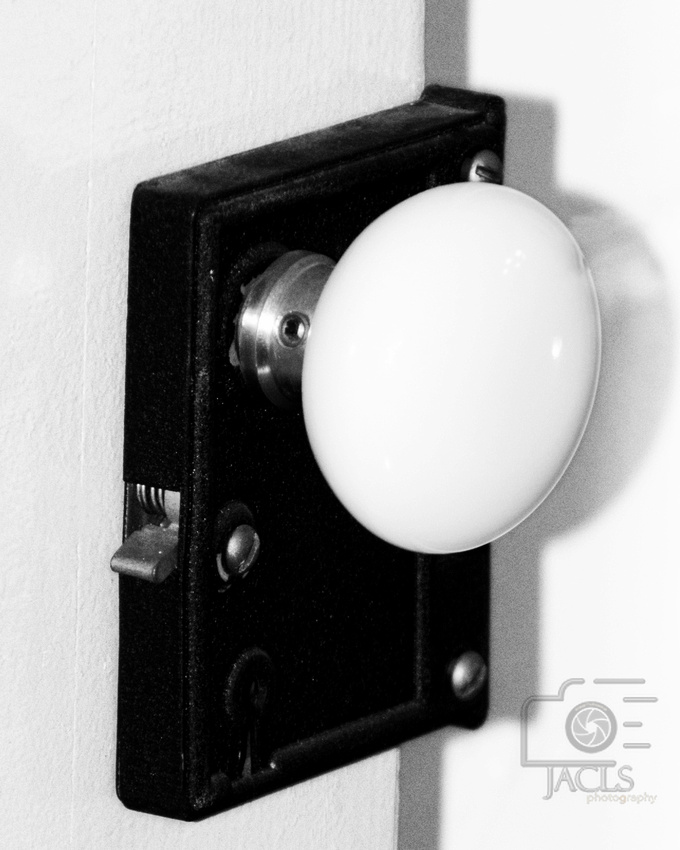|
Welcome to JACLS Photography Photo Blog. Here you can follow my work and my ideas and see the world from the point of view of the combat Soldier and photographer. The first post shows the life of Afghan children at the bazaars in the combat zone. Street Photography MagicThe Magic of Street Photography Street photography is a photographic genre that presents great challenges, possibly one of the most difficult. The beginnings of street photography date back to the late 19th century with the introduction of portable cameras. It is known as street photography because the movement began in the streets of large cities, but today it is not only about images made in the streets, but images also made in any public place, such as parks, beaches, squares, and others, are accepted as street photographs.
Even when I mention that photos taken in any public place can be considered Street Photos, not all of them can be categorized as such. Here part of the difficulty of the genre. For a photograph to be considered in the genre of complying with several elements. First, as follows from the above, they must be done in public places. Second, it must have a strong subject, easily identifiable main subject. Not necessarily a person, it can be an animal, a building, a figure, or any element of interest. Third, the picture should show a story of everyday life. Here is the difficulty and the magic of street photography. They are images that tell a story in a daily and real way. Sometimes with a documentary intention, with social content, historical nature, or simply for its a esthetic appeal.
HIGH CONTRAST vs. High Key photographyHigh Key and High contrast are lighting descriptive terms in photography that describe the use of bright light in a photographic piece. Often confused by new photographer and photography enthusiast thinking these are the same but in reality is a great different approach to the use of high intensity lighting in image making. High contrast is characterized by marked disparity between the main and fill light that creates an image with a very distinctive density range. In the other hand a high key image presents a low density range in the light tones with minimal or faded mid towns or shadows and the absence of bright and dark tones with the exception of a few ascent or defining elements. The following photos illustrate the difference. Notice the absents of shadows and the relatively similar in intensity light and medium tons in the first image, this is a high key photo. In the second image you can see the distinctive disparity on tones and the marked shadows characteristic of High Contrast images.
Just about Light and Shadows
The key element of photographer is light, without light imagery is impossibility. For this reason it's important to know about different types of lighting and its effects on the subject. Understanding the relationship between light, subject and shadows is the basis to successful photography. In this article I will basic knowledge of the most commonly used lighting terms in modern photography. High and Low Key High Key and Low Key refer to the type or style of lighting used to illuminate a set or scene. High-key lighting is bright and even illumination that provides an uplifting or happy mood. This type of lighting minimizes shadows and harsh details providing a soft effect with little contrast. Opposite, Low-key lighting provides heavy contrast, with subjects and scenes containing strong highlights and shadows. This is a very dramatic approach to illumination that creates high impact and captures attention. Rim Lighting Rim lighting or back lighting, also view as separation lighting is used to highlights the edges of a subject. Commercial portraiture greatly benefits of this technique. With the use of rim lighting the photographer achieves a more dramatic look and more marked separation of the subject from the background. When used with a dark background increases the focal point on the subject. Soft or Hard Lighting This refers to the quality of light relative to how directly it illuminates the subject. Soft lighting is modified or diffused to even the spread of illumination and minimize shadows. In nature this happens on an over cast day when the sun is blocked by clouds, for artificial lights the use of modifiers such as diffusers, soft boxes and umbrellas are very effective to achieve soft lighting. Direct lighting is considered hard lighting and produces strong highlights and shadows. A sunny day or a speed-light with no modifier are samples of this type of lighting. Here you can see how in a low-key set hard lighting may be the most effective and soft light would work well in high-key. However this is not a rule. Spot or Flood LightingSpotting and flooding may be adjusted manually in most studio light systems. This allows you better control over how gradual is the falloff of light from the center to the edge illuminated area. Spotting will create a more concentrated light beam emulating direct lighting, flooding emulate diffused lighting conditions. Catch LightCatch light is a reflection of light visible in the eyes of the subject. This is not a type of lighting, nor is it referent to quality of lighting. However these are an interesting element in portrait photography adding life to the subject. Originality in Photographic Work.
It is true that the task is difficult since there are millions of photographers active in the daily basis. Some have not even attempt to be original, others are easily influenced by the work of more known image professionals and even enthusiasts. Thos striving for uniqueness often get discouraged when their work look similar to what they see in the internet. Some only seek to enhance their technical ability and that is sufficient for them.
The human been is naturally drown to originality, each individual desires to be unique at one point or another. This represent an ever quest for that special shot, the one that will separate you from all other photographers. This makes it imperative for a serious photographer to find and be able to show a individual style. There is the answer; we should not be waiting for that amazing shot to show in our live. What will make you original and unique is to work every day at developing a personal style, once you find and define your style all your shots will be original and amazing even when a thousand photographers take a shot of the same subject, the same day at the same time. Yours will standout only if you have defend your own unique style.
You can use the same techniques and equipment, even the same subject others have tried millions of times before and still been unique. The answer is not to chase after the perfect shot or attempting to be innovative, it is simply to be you, authentic. Don’t look at others work for inspiration; extract that inspiration from within yourself and the environment. The daily bombardment of visual stimuli coupled with the everyday distractions and routines suffocate the creative you. Learn from others, take a closer look at yourself and the environment and start moulding your style to satisfy your own as an artist, not others. Do not compromise your artwork and do what you feel is right, follow your instinct and apply the techniques you learn from others and field comfortable to you. Being yourself is the answer to the originality question. Become very familiar with your equipment and those techniques that best fit you. If what you are doing is been done by thousands before, you can still make it uniquely yours. Find your inner style and follow it. Picture Taker vs. Image Maker
The modern market demands photographers to possess a wide range of skills. Today’s image professional must be more than a picture taker; he or she must be an image maker.
With the latest advancements in digital photography, taking a dissen...t snapshot is an easy task for the average person. I true professional must do more than just a snapshot, the professional must create the perfect shot, represent the true image of the customer, grab the audience attention and offer innovation.
While having the latest and greatest equipment my help, it is not a guarantee for truly exceptional shots. A good understanding of the basic elements of photography, light behavior, composition and a true sense of balance is far more important than the equipment. Alone this, a creative spirit and the right attitude will get the image maker where he or she needs to be as a professional. Understanding that photography is an artistic representation of the relationship and balance of light and shadows together with the willingness to do whatever it takes to get that perfect shot is what differentiate an image artist from a snap shooter. However, this is not all it takes to become a successful image professional in today’s market. A clear understanding of the market, solid communications skills, full domain of the use of supporting equipment and software, and iniciative are also imperative for success in today’s market.
Hector Rivera, MBA
Executive Photographer Just About Colors, Light, and Shadows https://www.facebook.com/JACLS.Image  
« Older Posts
© JACLS Photography
|





